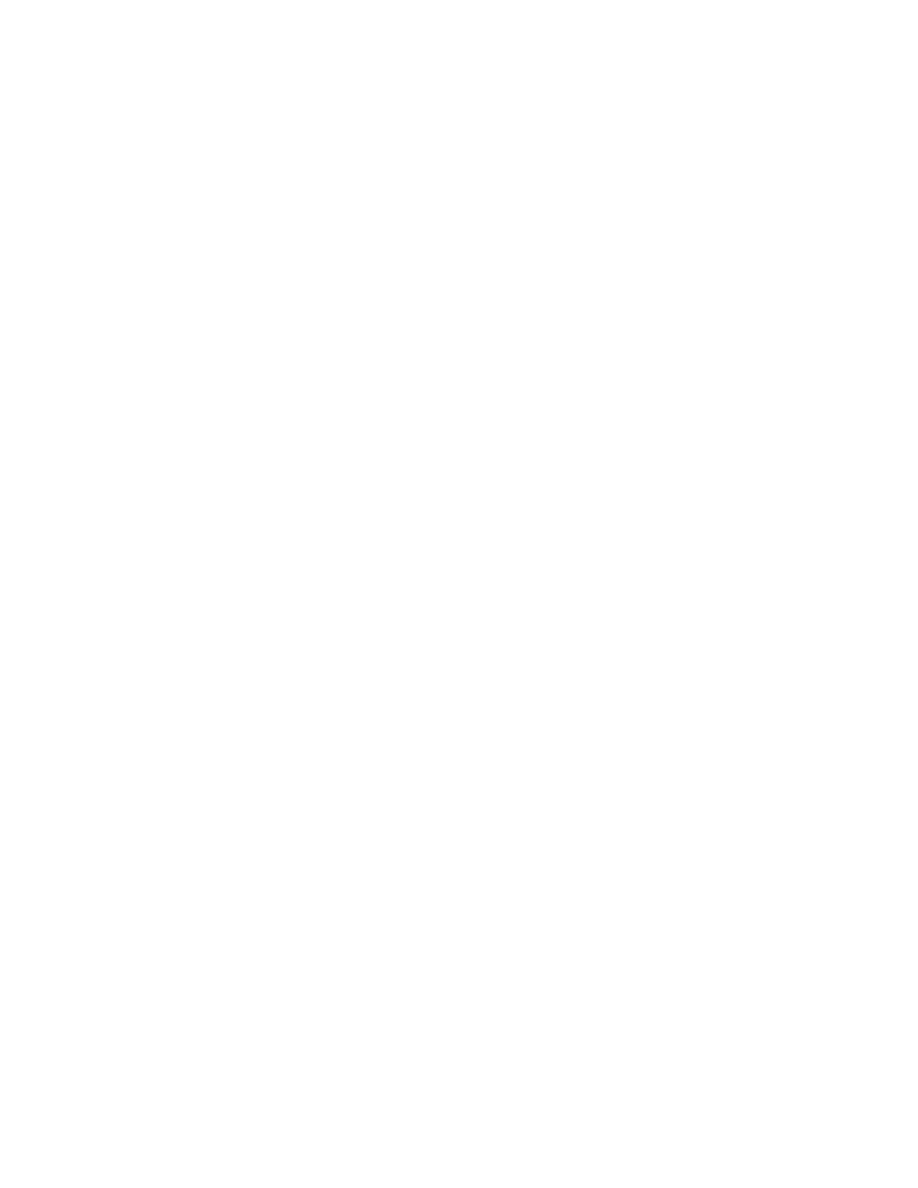Corsica L4-2.2L VIN 4 (1995)

CAUTION: If nylon modular fuel sender lines become kinked, and cannot be straightened, they must be replaced.
^
When replacing fuel pipes, always replace them with original equipment or parts that meet the GM specifications for those parts. The replacement
pipes must have the same type of fittings as the original pipes to ensure the integrity of connection.
^
Do not use copper or aluminum tubing to replace steel tubing. Only tubing meeting the 124M specification or its equivalent is capable of meeting
all the pressure and vibration characteristics necessary to ensure the durability standard required.
^
Always use a back-up wrench when loosening or tightening the fittings.
^
When repairing fuel pipes, always install reinforced fuel-resistant hose meeting the GM specifications identified with the word "Fluoroelastomer"
or "GM 6163-M" on the hose. Hose inside diameter must match pipe outside diameter.
^
Do not use rubber hose within 100 mm (4 inch) of any part of the exhaust system or within 254 mm (10 inch) of the catalytic converter.
^
A minimum of 13 mm (0.50 inch) clearance must be maintained around sharp edges such as flanges, pinch welds, etc. to prevent contact and
chaffing. A minimum of 19 mm (0.75 inch) clearance must be maintained around all moving parts.
REMOVE OR DISCONNECT
1. Relieve fuel system pressure.
2. Quick-connect fittings at engine compartment fuel feed and return connecting lines.
3. Plug fuel lines.
4. Raise vehicle.
5. Quick-connect fittings at fuel sender and nylon fuel feed and return connecting lines.
6. Plug fuel lines to prevent leakage.
7. Fuel pipe mounting hardware from pipes.
8. Fuel pipes to be serviced.
CLEAN
NOTE: If it is necessary to remove rust or burrs from the male tube end of a quick-connect fitting: use emery cloth in a radial motion with the
tube end to prevent damage to 0-ring sealing surfaces.
^
Using a clean shop towel, wipe off male tube ends.
^
Inspect all connectors for dirt and burrs. Clean or replace components/assemblies as required.
^
In the repairable areas, cut a piece of fuel hose 100 mm (4 inch) longer than portion of the line removed. If more than a 152 mm (6 inch) length of
pipe is removed, use a combination of steel pipe and hose so that hose lengths will not be more than 254 mm (10 inch), including hose overlap on
fuel line.
INSTALL OR CONNECT
1. Position fuel pipe or line in body clips.
2. Fuel pipe and hose hardware.
3. Remove caps on lines.
4. Quick-connect fittings on fuel lines.
5. Lower vehicle.
6. Remove caps covering fuel lines if required.
7. Engine compartment fuel line quick-connect fittings
8. Fuel filler cap.
9. Negative battery cable.
INSPECT
^
Turn ignition to "ON" position for two seconds, then turn to "OFF" for ten seconds. Again turn to "ON" position, and check for fuel leaks.
